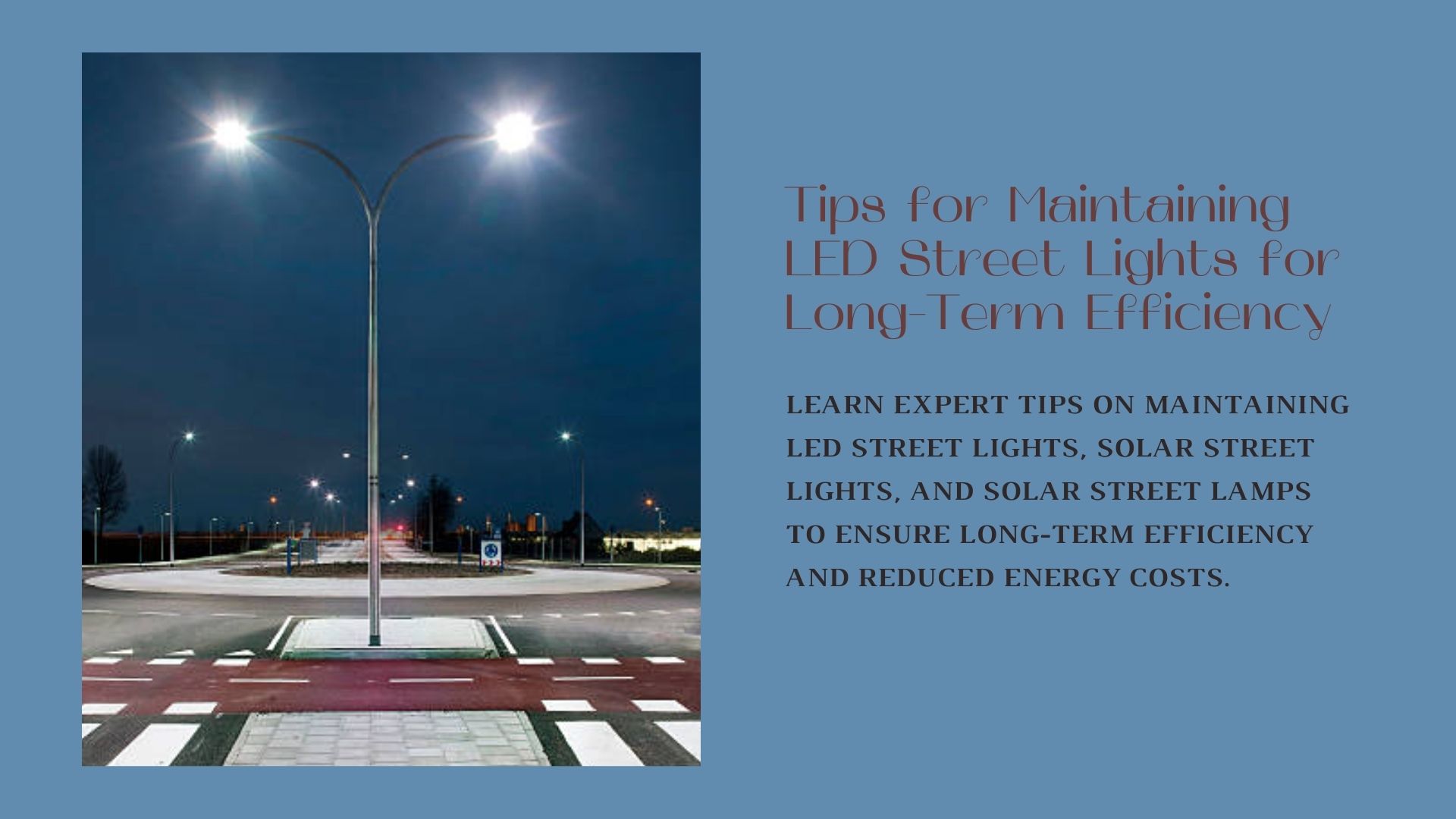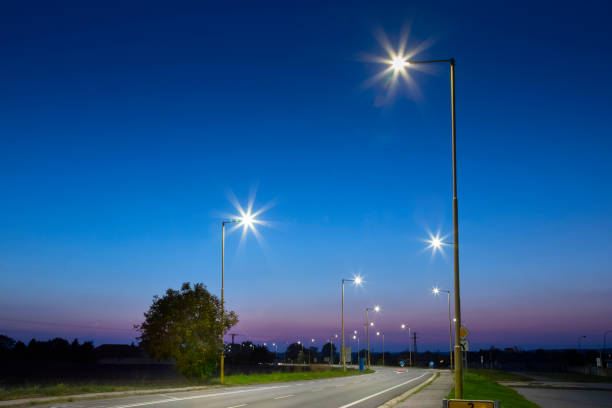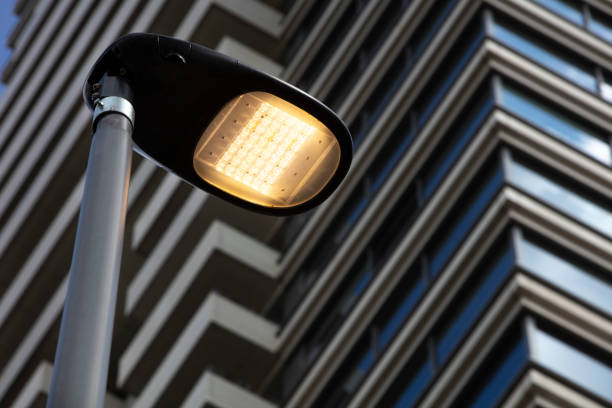
In the evolving landscape of smart and sustainable cities, safety and visibility are two non-negotiable aspects of urban planning. At the heart of this transformation are LED streetlights, which play a pivotal role in not only illuminating roadways but also enhancing public safety, energy efficiency, and long-term sustainability. From traditional cityscapes to modern smart cities, the integration of LED street lighting is redefining how urban environments operate after dark.
Why LED Street Lights are a Game-Changer in Urban Planning
LED street lights have revolutionized the way municipalities think about outdoor lighting. Unlike conventional sodium vapor lamps, LEDs provide a brighter, whiter light that closely mimics daylight. This increased visibility helps pedestrians, cyclists, and drivers identify hazards and navigate streets more safely. The high color rendering index (CRI) of LED lighting enhances facial recognition and surveillance camera footage, adding a critical layer of security in urban areas prone to crime.
Moreover, LED street lights consume up to 80% less energy compared to traditional street lights. This drastically reduces electricity costs for municipalities, freeing up budgets for other critical infrastructure projects. The longer lifespan of LEDs — often exceeding 50,000 hours — also reduces maintenance costs and minimizes disruptions caused by frequent replacements.
Enhancing Safety Through Smart Technology
The role of LED street lighting in modern urban design goes beyond illumination. Smart LED systems can be integrated with motion sensors, dimming capabilities, and remote monitoring, allowing city planners to adjust lighting based on real-time needs. For example, lights can brighten in high-traffic zones or dim during late-night hours in quiet neighborhoods to conserve energy while maintaining safety.

These adaptive lighting systems contribute to safer streets by deterring criminal activity and supporting emergency response. Well-lit areas are statistically less prone to crime, and with advanced controls, cities can respond faster to outages or faults. LED street lights can also be synchronized with traffic signals and environmental sensors to further optimize urban mobility and safety.
The Rise of Solar Street Lights in Sustainable Cities
As climate change accelerates the push toward renewable energy, solar street lights have emerged as a viable, eco-friendly solution. Powered by photovoltaic panels, a solar street lamp harnesses the sun’s energy during the day and stores it in batteries to provide lighting at night. These standalone units reduce reliance on the power grid, making them ideal for remote or developing areas, and for cities aiming to reduce their carbon footprint.
Solar street lights offer the same safety and visibility benefits as LED street lights, with the added advantage of complete energy independence. They are especially useful in disaster-prone or off-grid areas, where access to electricity may be limited. With improved battery storage and LED efficiency, modern solar street lamps can function reliably even in overcast conditions, making them a resilient option in diverse climates.
Economic and Environmental Benefits of LED and Solar Lighting
From an economic standpoint, LED and solar street lights provide substantial long-term savings. While the initial investment may be higher than traditional lighting systems, the return on investment becomes evident within a few years through reduced energy bills and maintenance costs.
Environmentally, the impact is significant. LED lights contain no toxic materials and are 100% recyclable, unlike older technologies that may contain mercury or other hazardous substances. Solar street lamps, when deployed at scale, further contribute to greenhouse gas reduction by eliminating the need for fossil fuel-generated electricity.
These benefits align perfectly with global goals for urban sustainability, such as the United Nations’ Sustainable Development Goal 11: “Make cities inclusive, safe, resilient, and sustainable.”
Designing Safer Urban Spaces with Intelligent Lighting
Urban designers and architects now consider street lighting an integral component of safe public spaces. LED street lights, coupled with data-driven planning, help ensure that parks, walkways, intersections, and public transit areas are well-lit, reducing the risk of accidents and enhancing the nighttime experience for city dwellers.

In many cities, LED lighting is used to define pedestrian zones, highlight architectural features, and create a sense of place and security after sunset. Moreover, as part of smart city networks, street lights can be used for traffic monitoring, air quality sensing, and even public Wi-Fi — showcasing their role as more than just light sources.
Conclusion: Illuminating the Future of Urban Life
As cities continue to grow and evolve, the need for reliable, intelligent, and sustainable street lighting becomes increasingly vital. LED street lights — and by extension, solar street lights — serve as the backbone of safe urban design. They provide critical infrastructure that enhances public safety, promotes energy efficiency, and supports the goals of sustainable development.
Investing in LED and solar street lamps is not merely a technological upgrade; it is a strategic move toward creating safer, smarter, and more livable urban spaces for future generations.
By embracing the full potential of LED street lighting, cities are not only illuminating roads — they’re lighting the way to a brighter, safer future.